Helping Yorkshire’s wildlife recover

When you think of the UK, you might think parts of it are pretty wild. But in reality, the UK is one of the most nature-depleted nations in the world – even our national parks have lost much of their natural habitats and wildlife is in big trouble.
Wild Ingleborough is a multi-partner, landscape-scale conservation project creating a wilder future.
The project is building on decades of work by Natural England and Yorkshire Wildlife Trust, and aims to restore 1,200 hectares of land to help nature thrive in this part of the Yorkshire Dales once again.
Cat Scott and Dominick Spracklen are environmental scientists working in the School of Earth and Environment. With a research focus on the climate and forests, their roles see them working in partnerships with other organisations, including those that either own or manage land.
For the Wild Ingleborough project, Cat and Dominick play small roles within a large, diverse team working with Natural England, Yorkshire Wildlife Trust, WWF, the Woodland Trust and a charity called The United Bank of Carbon.
They’ve both been interested in nature for as long as they can remember.
“I started off doing a Chemistry degree and I realised that I was most interested in the chemistry of the Earth’s atmosphere and what humans are doing to it,” Cat said.
“It built from there as I learned more about how human activities were affecting natural parts of the Earth’s system – very directly in the case of deforestation, and indirectly in terms of the impact of climate warming on the world’s ecosystems.
“Initially, my work used computer modelling to study these processes at a global scale, but in the last few years I’ve been more involved in on-the-ground, practical projects in the UK.
“We don’t have a lot of time left now to sort out climate change, so we need to make sure we’re doing the right things and enough of them.”
For Dominick, his interest in nature began in childhood.
“I won a Young Ornithologist of the Year award, twice. It was a national competition and I was eight years old,” he said.
“You had to keep a diary of every bird you saw for three months, so I had a very detailed record of all the birds in my garden. It started off a lifelong passion for nature and our environment.”
Only 4% of the Yorkshire Dales has woodland cover. The UK average is 13%.”
Diversity in the Dales
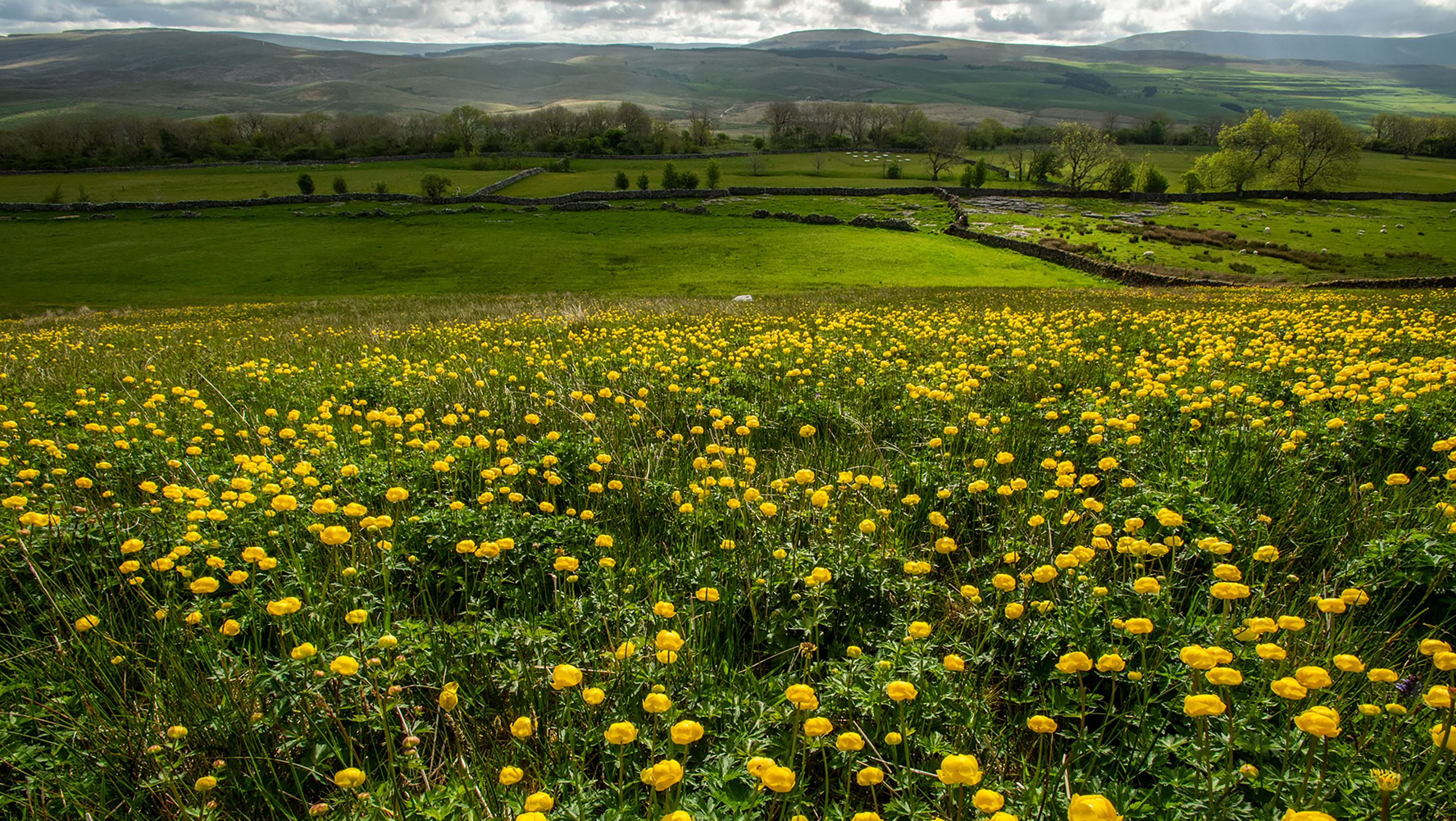
Native woodland encourages wildlife to flourish. It attracts insects to the flowers as well as birds that eat those insects, encouraging strong biodiversity that is beneficial to the area.
Yet in the Yorkshire Dales, only 4% of the area is covered by woodland, and only 2% is made up of native trees. More than 97% of wildflower rich meadows in the UK have gone, with drastic consequences for insects, bees and other pollinators.
Loss of these habitats has had drastic consequences for much of our wildlife.
Water voles, once common across the UK, are now almost completely absent from the Dales. The curlew – easily recognised by its haunting and evocative call – is declining rapidly. The bird’s eye primrose – also known as the Yorkshire Primrose – has disappeared from much of Yorkshire’s hills. One of our most loved animals, the red squirrel, hangs on in the tiny fragments of woodland.
The list of wildlife in trouble gets longer each year.
As with many other parts of the UK, much of the Yorkshire Dales has been given over to agriculture. As Cat explains, that can cause problems.
“Even though there has been a national nature reserve on Ingleborough for some time, parts of it have been quite heavily grazed by sheep in particular. Too many sheep can cause loss of native vegetation” she said.
“One of the big things the Wild Ingleborough project is aiming to do is relieve some of the grazing pressure on the land. This isn’t always about removing grazing altogether, but a switch from sheep to cattle can allow trees and other vegetation to recolonise naturally.”
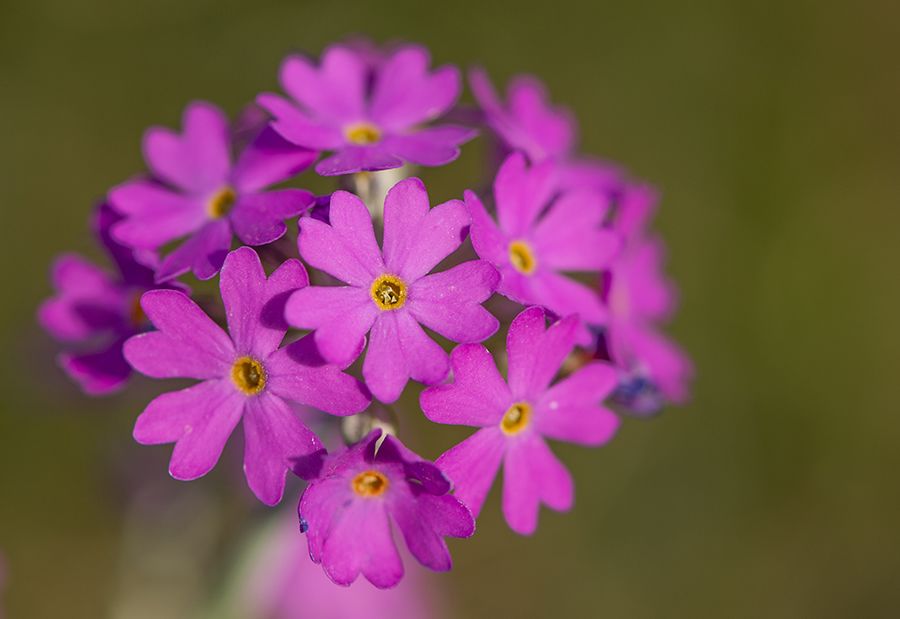
The rare Bird’s Eye Primrose, or Yorkshire Primrose, will flourish as grazing pressure is reduced © Andrew Parkinson WWF-UK
The rare Bird’s Eye Primrose, or Yorkshire Primrose, will flourish as grazing pressure is reduced © Andrew Parkinson WWF-UK
“In some places, that’s not really possible because you’re so far away from a seed source that we need to go in and plant the trees ourselves. It’s a combination of helping this landscape recover, but also putting in place the conditions that allow the natural processes to take over.”
Over time, fragmented pockets of habitat surrounded by intensively farmed land makes it harder for wildlife to move around. Wild Ingleborough aims to change that, creating links between these pockets that increase nature’s movement and repopulate species.
Ensuring farmers’ voices are heard
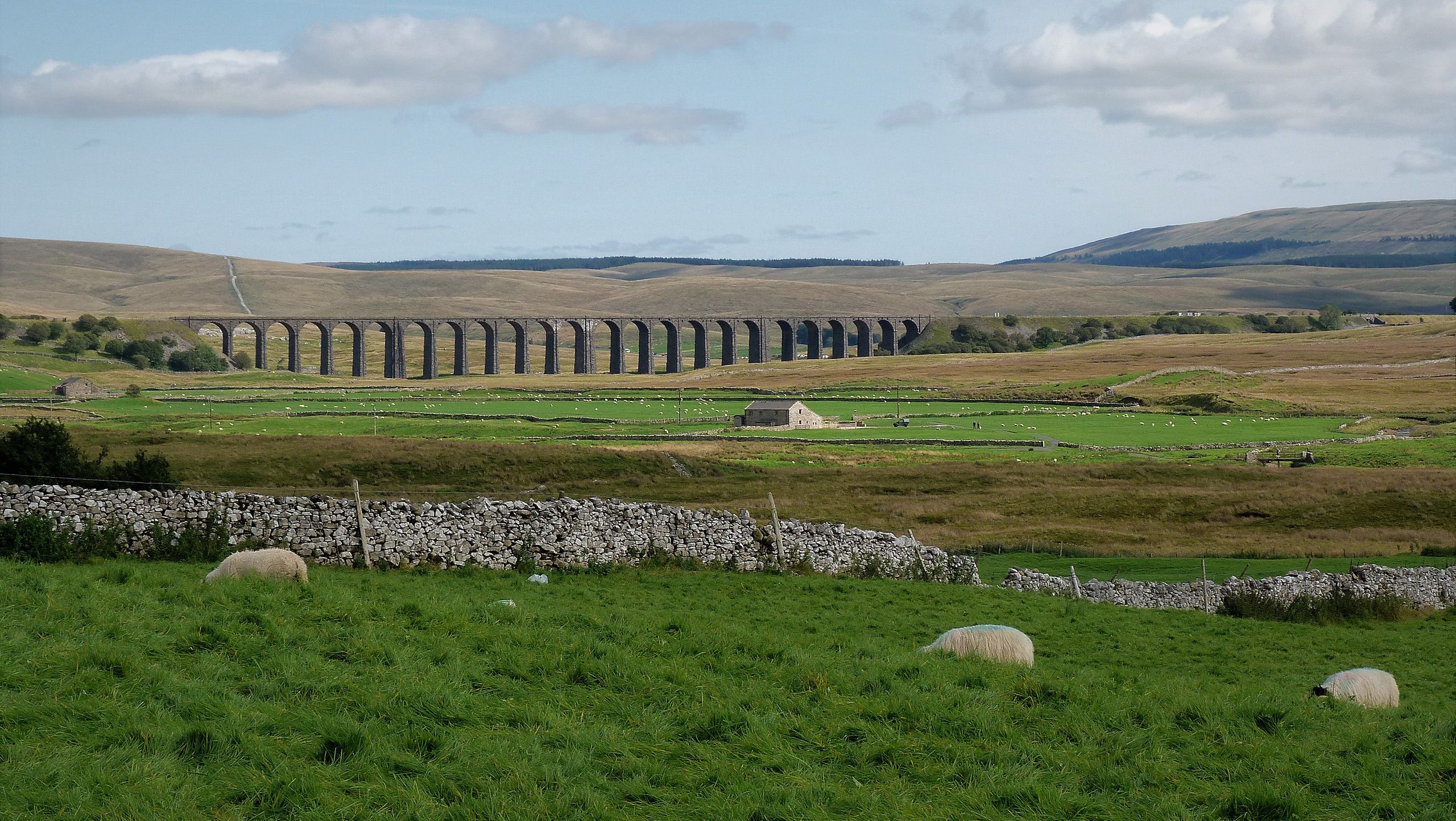
The Ingleborough landscape is largely upland farming. The farmers there have been encouraged to farm in certain ways by the government for a long time.
In the past, the subsidy farmers received depended on how many sheep they had. The more sheep, the more they were paid. This led to large increases in the number of sheep and caused loss of natural vegetation and habitats. The priority might once have been to graze more sheep, only to change later as policies or needs shifted, leaving farmers frustrated by moving goalposts.
For the project, there’s a need to work with farmers in a collaborative way, as Dominick explained:
“Farmers had been asked to drain their land, make it more productive and manage it more intensely,” he said.
“That means when it rains hard, water runs off the land really quickly and we flood our towns and cities. It also means we have to pay a lot of money to water companies to clean water.
“Instead, we could manage the land in a slightly different way that soaks up more of that water and allows it to run off more slowly.
“It might be that it creates more marshy, nature-rich bits of the landscape that slow that flow of water, which could have overall economic benefits thanks to reduced flooding. Finding ways to reward farmers to manage the land in this way is one of the challenges.”
Historically, water was absorbed by peatlands. These are also the country’s biggest stores of carbon, but because they’ve been drained and overgrazed, the land has dried out, which then releases carbon back into the atmosphere.
Restoring these peatlands, through blocking drainage ditches and helping the special peatland vegetation recover, is an important part of the project.
A process that takes time
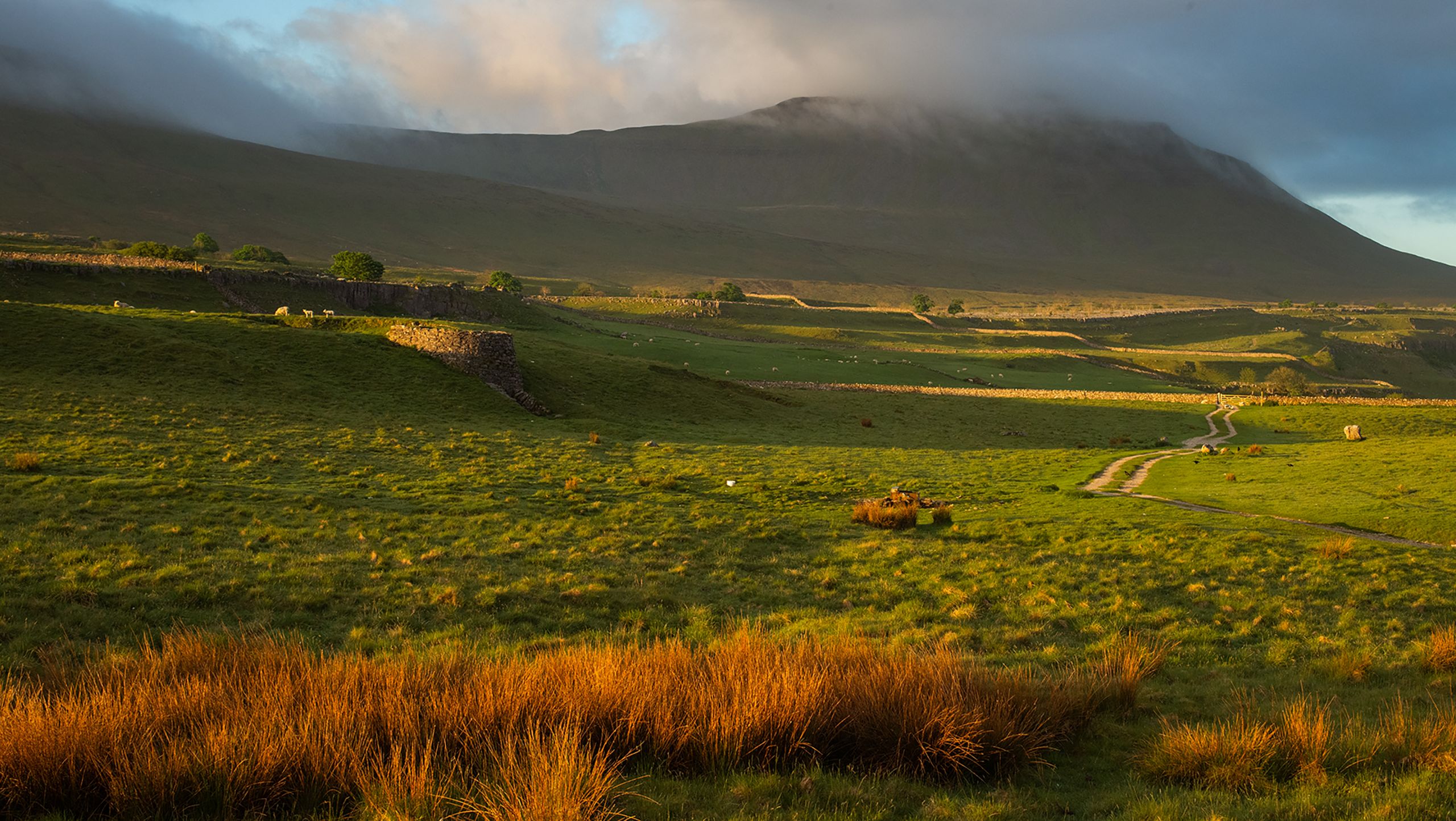
This project is building on decades of work by our partners: Natural England and Yorkshire Wildlife Trust started working here in the 1990s.
But as the climate emergency and the biodiversity crisis became more severe it was very clear that more could be done.
“We needed to start doing more, and the way to do that was to try working together,” Dominick said.
“Wild Ingleborough started during the pandemic, but it’s really the next step in that journey of what has been going on for a long time; it’s building on that strong foundation of work.
“People start to forget that what is now a grass field used to be a species-rich wildflower meadow. Everyone over time gets used to less and less nature – reversing that is difficult.”
So how do you change people’s perceptions of their natural environment?
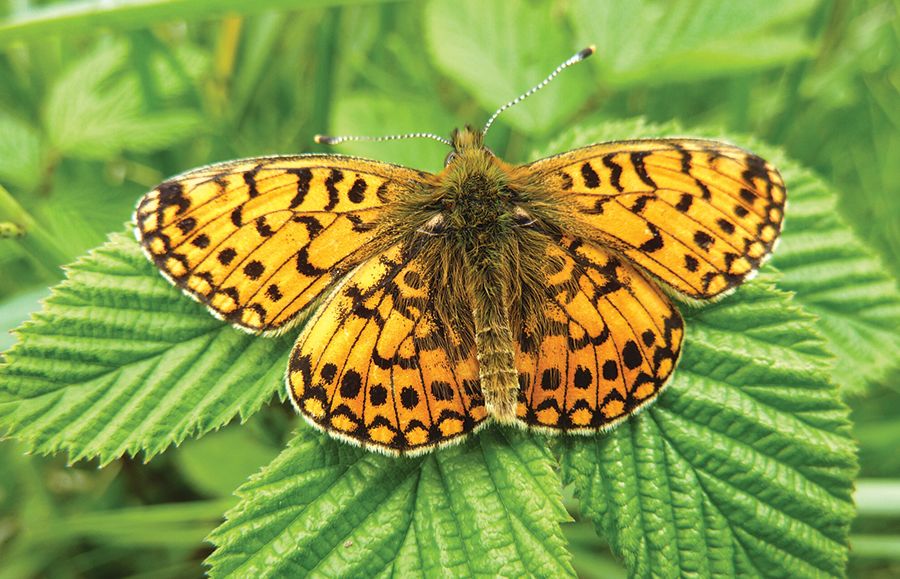
The Small Pearl-bordered Fritillary butterfly has responded well where areas of limestone pavement have been released from intensive grazing © Allan Rodda
The Small Pearl-bordered Fritillary butterfly has responded well where areas of limestone pavement have been released from intensive grazing © Allan Rodda
For the project team, this has meant many meetings in village halls, community centres and on the land itself, bringing people in to show how managing the landscape in a different way can provide different benefits.
“Often it’s money led; there are new agricultural support schemes coming in which will help support farmers to manage their land in ways to help nature recover,” Dominick said.
It’s too early to say conclusively that things have changed, but the initial results seem promising.
So far, 60,000 new trees have been planted, with more planned in the future. It’s not a case of blanket forestation – it’s connecting little pockets of native woodland together.
People will still have the view they’re used to, but they’ll also be able to see alternative ways that this landscape could look and how it could function better ecologically.
Trees are growing naturally across the site, and the difference being made to the type of grazing can be tracked. There’s also evidence of wildflowers recovering, which attracts butterflies back to areas they’ve not been seen in years.
Some things happen quickly, but the big picture could take years to become apparent. With time and commitment, Wild Ingleborough could help wildlife across the Yorkshire Dales – and help preserve our future.
About the project
Launched in summer 2021, Wild Ingleborough is a multi-partner, landscape-scale conservation project creating a wilder future for this part of the Yorkshire Dales.
Building on decades of work by Natural England and Yorkshire Wildlife Trust, the project aims to combat the impacts of the climate crisis and aid nature’s recovery across this large upland area.
Get involved and find out more on the Wild Ingleborough website.
About Cat
Cat Scott is a NERC Independent Research Fellow and University Academic Fellow in Biosphere-Climate Interactions.
Her research aims to understand how land-use can help counteract climate change and meet the targets set in the Paris Agreement on Climate.
About Dominick
Dominick Spracklen is a Professor of Biopshere-Atmosphere Interactions at the University of Leeds.
He was a NERC Advanced Fellow for five years and has been awarded the Philip Leverhulme Award and a European Research Council Consolidator Fellowship for his work in the field.